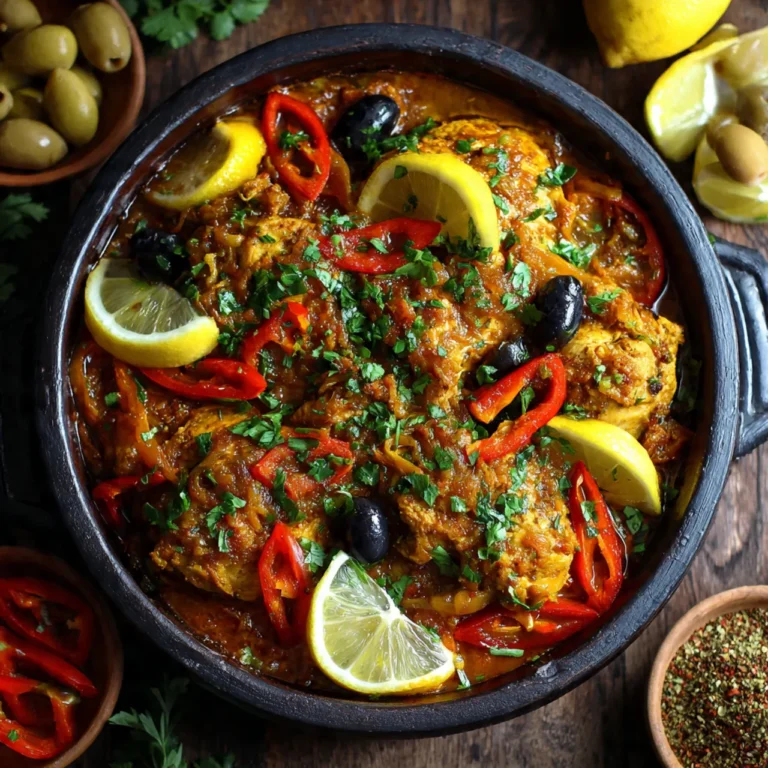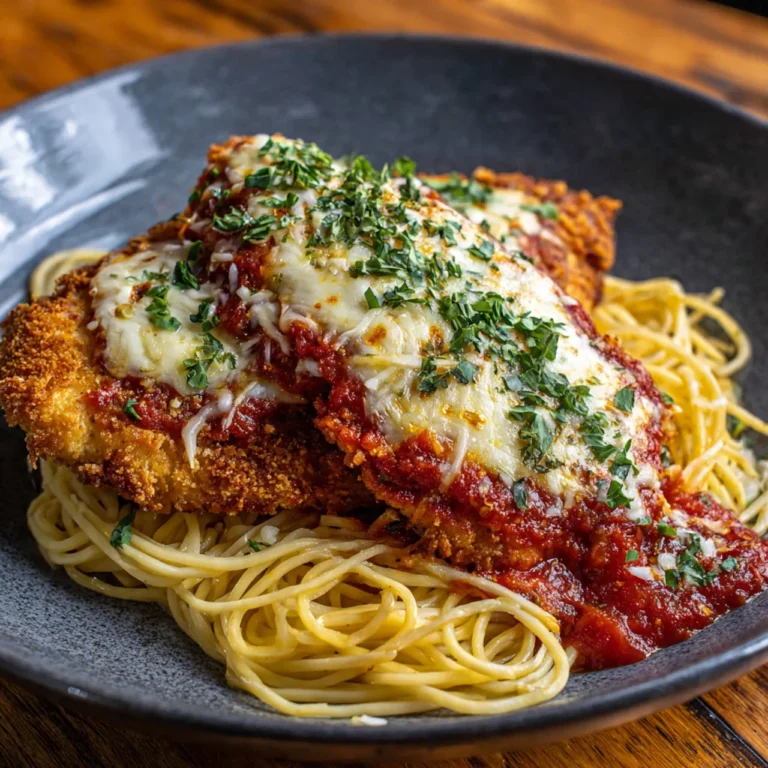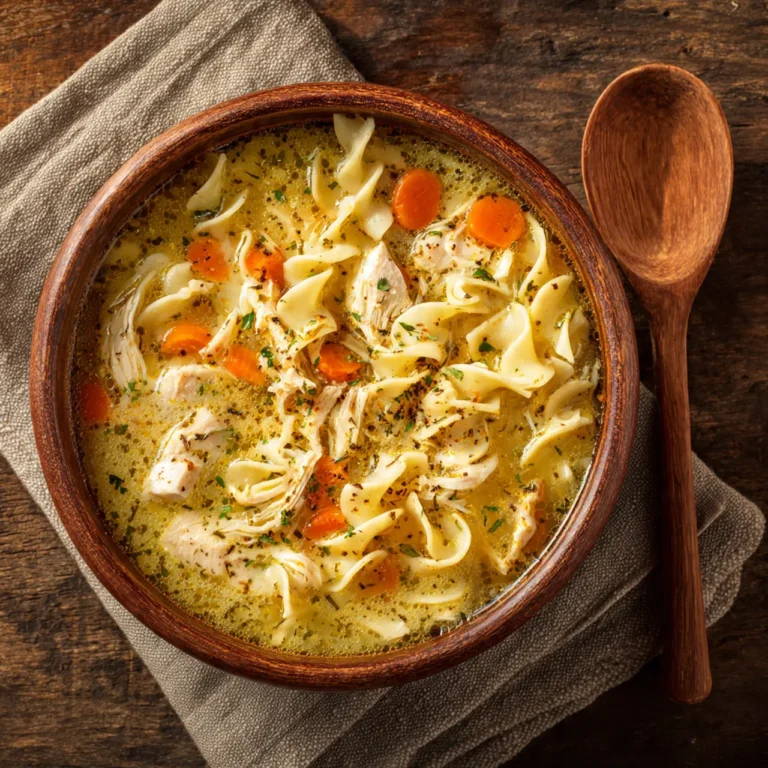When it comes to simple, nutritious, and versatile meals, few dishes rival the vegetable frittata. This Italian-inspired egg dish is light yet satisfying, customizable with seasonal vegetables, and ideal for any time of the day. Whether served as a wholesome breakfast, a stylish brunch centerpiece, or a quick weeknight dinner, the vegetable frittata shines as a go-to recipe for home cooks of all skill levels.
In this comprehensive guide, we’ll explore everything about vegetable frittatas: their history, why they’re loved worldwide, how to prepare the perfect one, creative variations, nutritional benefits, and tips for making them a regular part of your healthy lifestyle.
By the end of this post, you’ll not only have the best vegetable frittata recipe but also a deeper understanding of how to adapt it to your taste, dietary needs, and seasonal produce availability.
What is a Vegetable Frittata?
A frittata is an Italian egg-based dish similar to an omelet or quiche but without a crust. Traditionally, it is cooked slowly and often finished in the oven, creating a fluffy, custard-like texture with a golden top. The word frittata comes from the Italian verb friggere, meaning “to fry,” as the dish was historically cooked on the stovetop in a skillet.
Unlike omelets, which are folded, or quiches, which use pastry crust, frittatas are open-faced and freeform. Adding vegetables makes them lighter, healthier, and rich in nutrients—perfect for modern healthy eating trends.
Why Vegetable Frittata is the Perfect Dish
- Nutrient-Packed – Eggs provide protein and essential vitamins, while vegetables add fiber, minerals, and antioxidants.
- Customizable – Use whatever vegetables you have on hand—seasonal or leftover.
- Diet-Friendly – Naturally gluten-free, low-carb, and adaptable to vegetarian, keto, and dairy-free diets.
- Budget-Friendly – Uses affordable ingredients you likely already have in your fridge.
- Meal-Prep Friendly – Frittatas can be made ahead, refrigerated, and reheated for quick meals.
Ingredients for the Best Vegetable Frittata
While you can adapt the recipe endlessly, here are the core ingredients for a classic vegetable frittata:
- Eggs – The star of the dish; use fresh, high-quality eggs for best results.
- Vegetables – Spinach, bell peppers, onions, zucchini, mushrooms, tomatoes, broccoli, or any seasonal veggies.
- Cheese – Optional but adds richness. Favorites include feta, cheddar, goat cheese, or parmesan.
- Herbs & Seasonings – Fresh herbs like parsley, basil, thyme, or dill elevate the flavor.
- Milk or Cream – Helps create a custardy texture, though optional.
- Olive Oil or Butter – For sautéing vegetables and greasing the pan.
Step-by-Step Recipe: Classic Vegetable Frittata
Prep Time: 10 minutes
Cook Time: 20 minutes
Total Time: 30 minutes
Serves: 4
Ingredients:
- 8 large eggs
- ½ cup milk (or cream for richer texture)
- 1 cup spinach (fresh or frozen, squeezed dry)
- ½ red bell pepper, diced
- ½ zucchini, sliced
- ½ cup mushrooms, chopped
- ¼ cup onion, diced
- ½ cup shredded cheese (cheddar, feta, or goat cheese)
- 1 tbsp olive oil
- 1 tsp salt
- ½ tsp black pepper
- Fresh parsley for garnish
Instructions:
- Preheat oven to 375°F (190°C).
- Sauté vegetables – In a skillet, heat olive oil and cook onions until translucent. Add bell peppers, zucchini, and mushrooms. Cook for 4–5 minutes until softened. Stir in spinach and cook until wilted.
- Whisk eggs – In a large bowl, whisk eggs, milk, salt, and pepper.
- Combine & cook – Add the cooked vegetables into the egg mixture, then pour everything back into the skillet.
- Top with cheese – Sprinkle cheese evenly across the top.
- Bake – Transfer the skillet to the oven and bake for 15–18 minutes, or until the center is set and the top is golden.
- Serve – Slice into wedges and garnish with fresh parsley.
Variations of Vegetable Frittata
The beauty of frittatas lies in their versatility. Here are some popular variations:
- Mediterranean Frittata – Spinach, sun-dried tomatoes, olives, and feta cheese.
- Garden Veggie Frittata – Zucchini, carrots, broccoli, and green peas.
- Mushroom & Spinach Frittata – Earthy mushrooms with wilted spinach and parmesan.
- Southwestern Frittata – Bell peppers, black beans, jalapeños, and cheddar.
- Dairy-Free Frittata – Skip the cheese and add extra herbs for flavor.
Tips for the Perfect Vegetable Frittata
- Don’t overcook – Overbaking leads to a rubbery texture. Remove when slightly wobbly in the center.
- Use an oven-safe skillet – Cast iron works best for even cooking.
- Balance vegetables – Too many watery veggies (like zucchini or tomatoes) can make it soggy. Cook them well before adding.
- Customize seasonally – In spring, use asparagus; in fall, try roasted squash.
Nutritional Benefits of Vegetable Frittata
A vegetable frittata is a powerhouse of nutrients:
- Protein – Eggs provide complete protein for muscle repair and satiety.
- Vitamins & Minerals – Vegetables add vitamin A, C, K, and potassium.
- Low-Carb & Gluten-Free – Great for those reducing carbs or avoiding gluten.
- Healthy Fats – Olive oil and optional cheese offer beneficial fats.
A serving typically contains:
- Calories: 180–250 (depending on cheese/cream)
- Protein: 12–15g
- Carbs: 4–6g
- Fat: 12–18g
How to Store & Reheat Frittata
- Refrigerate – Store leftovers in an airtight container for up to 4 days.
- Freeze – Wrap slices individually and freeze for up to 2 months.
- Reheat – Warm in the oven at 300°F for 10 minutes, or microwave in short bursts.
Serving Ideas for Vegetable Frittata
- Breakfast/Brunch – Pair with toast, fruit, and coffee.
- Lunch/Dinner – Serve with a side salad or roasted potatoes.
- On-the-Go – Wrap slices in whole-grain tortillas for a portable meal.
Why Vegetable Frittata is Perfect for Brunch Events
Hosting a brunch? A frittata is the ultimate make-ahead, crowd-pleasing dish. It looks elegant when sliced, can be served warm or at room temperature, and pairs beautifully with mimosas, salads, or fresh pastries.
FAQs about Vegetable Frittata
1. Can I make a frittata without cheese?
Yes! Cheese is optional. You can add extra herbs or nutritional yeast for flavor.
2. Can I make it ahead?
Absolutely. Bake, cool, and store. Reheat before serving.
3. What’s the difference between a frittata and an omelet?
An omelet is cooked quickly on the stovetop and folded, while a frittata is cooked slowly and finished in the oven.
4. Can I make it vegan?
Yes—substitute eggs with a chickpea flour batter or tofu scramble base.
Conclusion
A vegetable frittata is more than just an egg dish—it’s a celebration of fresh produce, simplicity, and flavor. It’s adaptable, healthy, and perfect for any meal of the day. Whether you’re cooking for yourself, your family, or a crowd, this dish always delivers.






